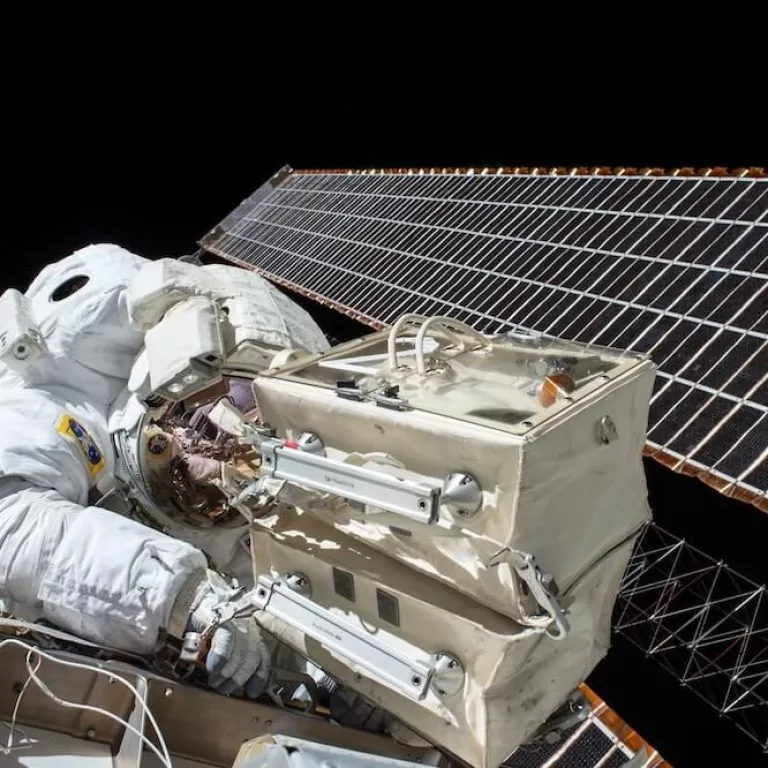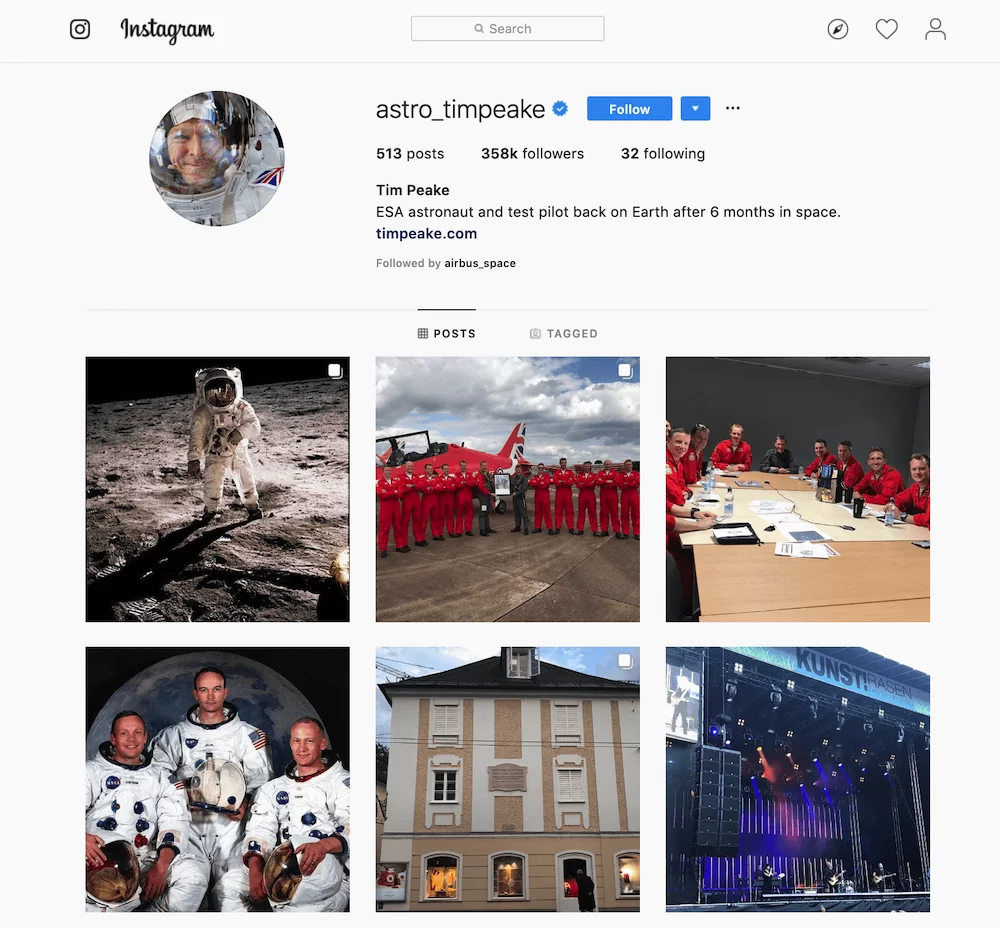
News Documenting legacies of space travel with photography
Above: credit to NASA for this feature image.
Cameras have been there at every step of our discoveries in outer space. We consider the significance of photographic technologies beyond earth.
The Apollo 50th celebrations occurring earlier this month marked Apollo 11’s historic flight to the moon back in 1969.
Since then, space exploration has continued to flourish, with broader investigations of other planets in our solar system too.
Photographing the lunar legacy
The lunar legacy that has since followed American astronauts Neil Armstrong and Buzz Aldrin as they became the first humans on the moon on 20 July 1969, has been immortalised through the lens of a camera.
The moon landing is now one of the most iconic scenes in both US and world history thanks to the media tools that were chosen to capture this momentous occasion.
Working together with the Swedish camera company, NASA and Hasselblad developed and modified cameras so that they were able to cope with the extremes of space. Seven years after this collaboration began and a Hasselblad Data Camera (HDC) strapped to Armstrong’s chest successfully produced some of the most iconic photographs of this once in a lifetime moment.
The cameras themselves, along with their attendant equipment, had to be left behind on the dusty lunar surface but the films were developed so that the moon could be seen by everyone back on earth.
In order to emphasise the importance attached to these photographic tasks by NASA – which might seem small in the grand scheme of such an epic mission – basic photography principals and instructions about camera handling were factored into Armstrong’s space training programme.
As well as the iconic image of our earth rising beyond the moon’s horizon and the American flag planted on its surface, Armstrong is also credited with creating a lunar selfie from a reflection of himself in Aldrin’s helmet.
You can see these images and more in NASA’s Apollo 11 gallery.
21st Century space explorations
As exploration of our cosmos continues, so too does the development behind the technologies helping to document this incredible journey.
Now 50 years on from Apollo 11’s groundbreaking mission to the moon, it is now much easier for astronauts to communicate their space discoveries with the rest of us mere mortals. New technologies like social media now enable updates to be revealed and posted more regularly – and even as they happen.
UK astronaut Tim Peake actively records his travels in space, as well as his wider work with the European Space Agency, using social media platforms such as Instagram.

Photographic capture of space bridges the gap between space agencies and their adoring public. Although space travel is reserved for a lucky and highly skilled minority, image capture means that we are all able to share in the wonders of outer space.
As well as still photography, the likes of Tim Peake and the European Space Agency are also using time-lapse as a tool to share important developments publicly.
We are privileged to be involved in the dedicated capture of the Airbus-built Mars rover – recently named after Rosalind Franklin, the scientific pioneer – which is undergoing its final assembly at the aerospace engineer’s base at Stevenage.
Two of our time-lapse cameras have been capturing developments taking place inside Airbus’s specialised cleanroom facility. We will continue to provide our time-lapse solutions right up to the launch of the Rosalind Franklin rover, scheduled for 2020.
As part of our continued service to Airbus and their crucial contribution to the ESA’s “ExoMars” programme, we also provided bespoke viewing solutions for a special display at the Goodwood Festival of Speed earlier this month.
Documenting specialist projects like these provides a behind-the-scenes look at some of the most exciting and prestigious contributions to space exploration and research.
So, from the very first camera to be taken out of the earth’s atmosphere and onto another planet, to the latest innovations in image technologies, which means we enjoy a greater proximity to space-related developments than ever before.
Cameras have always been and still continue to be at the forefront of these milestones, helping to capture history in the making.